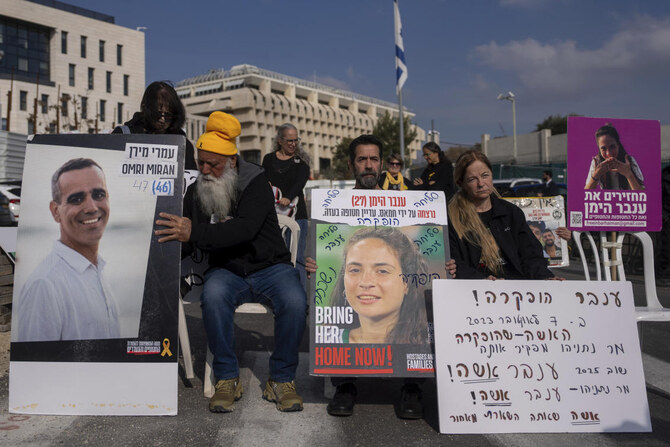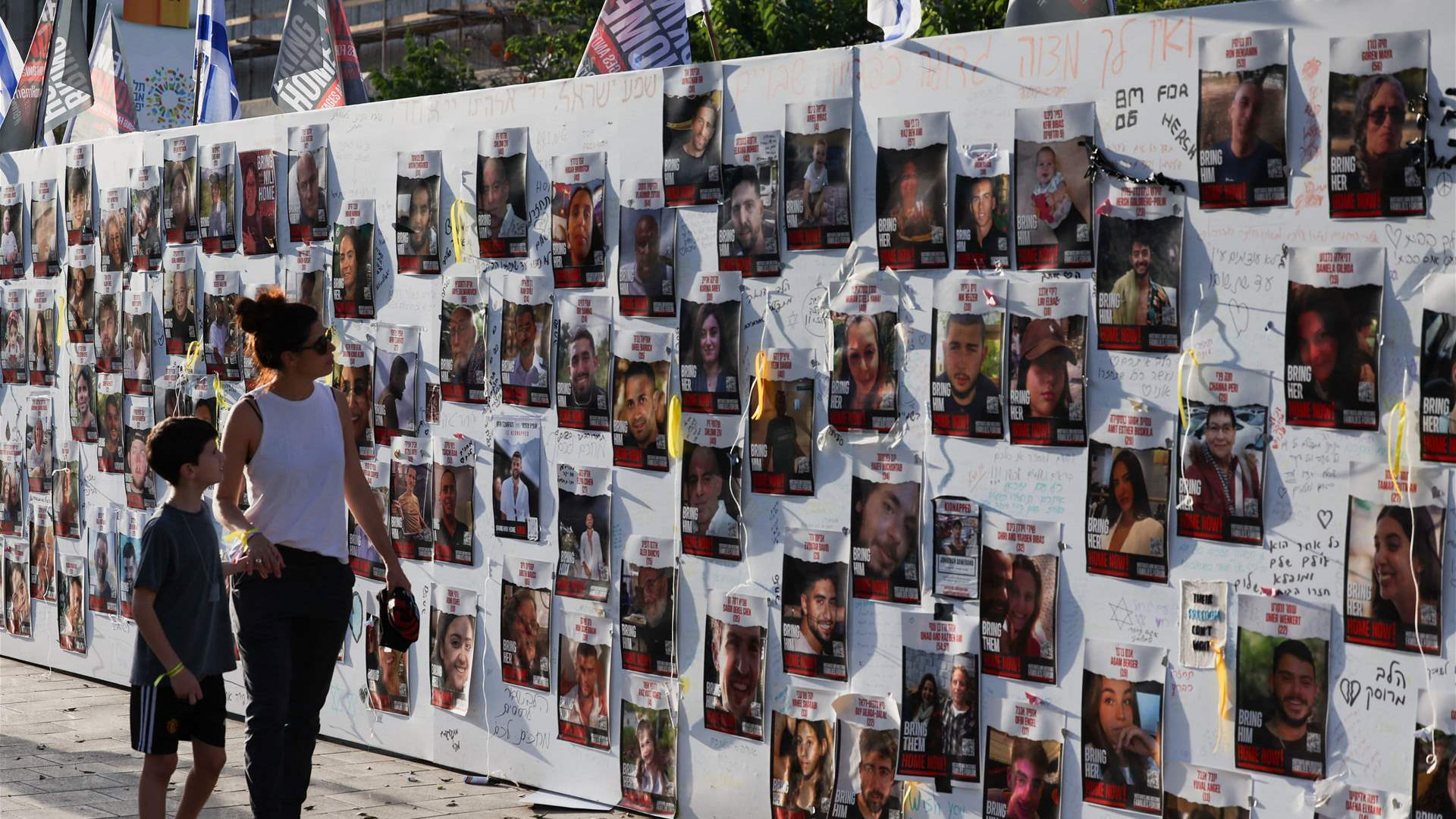The confirmation of the deaths of eight hostages set to be released as part of the Gaza ceasefire deal underscores the tragic complexities of the ongoing conflict.
This revelation, announced by Israeli government spokesman David Mencer, has added to the grief of families who have endured months of uncertainty about the fate of their loved ones.
As the ceasefire agreement aims to de-escalate tensions in a region long plagued by conflict, the challenges surrounding its implementation reveal the deep-seated mistrust and unresolved issues between the parties involved.
The Tragic Toll of Hostage Negotiations
The ceasefire agreement, declared on January 19, 2025, after over 15 months of relentless conflict, brought cautious optimism for both sides. At the heart of the truce was a significant prisoner exchange: 33 hostages held by Hamas in Gaza were to be released in return for over 1,900 Palestinians detained by Israel.
However, the deaths of eight hostages—confirmed to their families without public disclosure of their identities—have cast a somber shadow over this fragile peace process.
As of now, only 18 of the original 26 hostages expected to be freed in the first phase remain alive. This grim reality has led to questions about the conditions under which hostages are held and the effectiveness of negotiations.
The prolonged conflict that began on October 7, 2023, following a Hamas attack, has left countless families grappling with the human cost of war. For the families of the deceased hostages, the announcement marks an end to hope and a painful start to the process of mourning.
Read : 33 Hostages, 737 Prisoners, 42 Days: Phase 1 of Israel-Hamas Gaza Ceasefire Deal
The implications of these deaths extend beyond the immediate tragedy. They highlight the challenges of achieving trust between Israel and Hamas, even in the context of a ceasefire.
Read : Hamas Open to Hostage Deal and Gaza War Resolution Without Ceasefire
While the agreement was designed to foster dialogue and bring an end to hostilities, the loss of life within the framework of this truce underscores the difficulty of navigating decades of animosity and deeply entrenched grievances.
The Prisoner Exchange and Its Challenges
Since the ceasefire’s inception, the release of prisoners has been a focal point of the agreement. Seven Israeli women and 290 Palestinian prisoners have been freed, reflecting progress in meeting the terms of the truce. However, the process has been fraught with obstacles, including allegations of breaches by both sides.
Israel has accused Hamas of failing to include Arbel Yehoud, an Israeli civilian, in the scheduled hostage release. This omission led to heightened tensions at the Netzarim Corridor, where thousands of Palestinians attempting to return to northern Gaza were blocked by Israeli forces.

Hamas, on the other hand, has accused Israel of violating the truce by obstructing the passage of displaced Palestinians. The group maintains that it had provided all necessary guarantees for Yehoud’s release, further complicating an already delicate situation.
The prisoner exchange is emblematic of the broader struggle for compromise between the two parties. For Israel, the release of hostages is a deeply emotional and political issue, with public pressure mounting to ensure the safe return of its citizens.
For Palestinians, the release of prisoners represents a long-awaited acknowledgment of their grievances and a step towards addressing what they perceive as systemic injustices. The discrepancies in the implementation of the agreement, however, reflect the enduring mistrust and differing priorities that continue to hamper progress.
The Humanitarian Crisis in Gaza
Amid the political and diplomatic complexities of the ceasefire, the humanitarian situation in Gaza remains dire. Over 15 months of conflict have left vast swathes of the region in ruins, displacing tens of thousands of people and exacerbating an already critical humanitarian crisis.
The ceasefire has allowed some displaced Palestinians to begin returning to northern Gaza, as confirmed by Palestine’s interior ministry. Images shared on social media depict families traversing sandy roads amid the devastation of Israeli strikes.
The passage along Al-Rashid Road, via the western part of the Netzarim checkpoint, marks a tentative step towards restoring normalcy. However, the process has been anything but smooth.

The tension at the Netzarim Corridor on January 27, when thousands of Palestinians gathered only to be blocked by Israeli forces, underscores the fragility of the truce. For those who have lost their homes and livelihoods, the road to recovery is fraught with uncertainty.
The destruction of infrastructure, combined with limited access to essential resources, has left many wondering how long-lasting the ceasefire will be and whether it will lead to meaningful improvements in their lives.
The humanitarian challenges in Gaza are compounded by the psychological toll of prolonged conflict. For families of hostages, prisoners, and the displaced, the ceasefire offers a glimmer of hope but also serves as a painful reminder of what has been lost. The deaths of the eight hostages, in particular, have added to the collective grief of a region yearning for peace and stability.
The deaths of eight hostages who were supposed to be released as part of the Gaza ceasefire deal are a stark reminder of the human cost of conflict. While the ceasefire represents a step towards de-escalation, the challenges surrounding its implementation highlight the deep-rooted issues that continue to divide Israel and Hamas.
The prisoner exchange, while significant, has exposed the complexities of negotiating peace in a region marked by decades of animosity. The humanitarian crisis in Gaza, coupled with the enduring mistrust between the parties, underscores the urgent need for a comprehensive and sustainable solution.
As displaced Palestinians make their way back to northern Gaza and families mourn the loss of loved ones, the question remains: can the ceasefire serve as a foundation for lasting peace, or will it be yet another fleeting moment in a cycle of conflict? For now, the region waits with cautious hope, grappling with the profound challenges of reconciliation and recovery.

